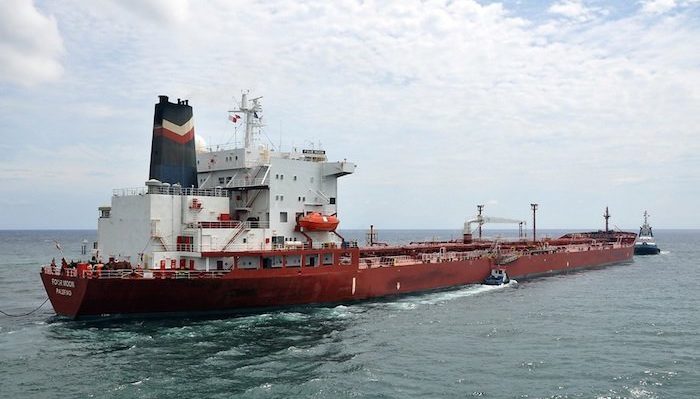
Having spend 2019 shopping in the secondhand market, Genoa-based Premuda is now back also on the newbuilding market.
Gaudenzio Bonaldo Gregori, chief executive officer of Pillarstone Italy, revealed to Splash that a pair of 50,000 dwt MR2 tankers under construction at Imabari Shipyard have been acquired.
“They are a super-eco design unit originally ordered, but not to be delivered, to the owner. The second newbuilding will enter Premuda’s fleet next year,” Bonaldo Gregori said.
The investment was not disclosed but current price levels might stand at around $30m for each unit.
The Italian shipping company, headed by Marco Fiori, controls a fleet of 16 vessels made up of seven bulkers and nine tankers. With vessels under commercial and technical management the number exceeds 20.
“Before the end of 2020 Premuda will manage some 40 vessels,” Bonaldo Gregori added, mentioning the non-performing loans purchased mainly from Unicredit and Intesa Sanpaolo.
Apart from Premuda, which is the shipping platform used to manage the vessels, Pillarstone also created a fund called Finav for ‘collecting’ distressed assets which today exceeds $500m of financial exposure related to 25 ships.
Pillarstone at the moment has three restructurings pending (Perseveranza di Navigazione, Navigazione di Cabotaggio and PB Tankers) while others have already been closed in cooperation with the owners (Motia Compagnia di Navigazione, Finaval and Lavant Shipping). The KKR-controlled turnaround fund became a creditor of performing shipping firms Mednav, Michele Bottiglieri Armatore and Morfini.
Pillarstone is also in early discussions with a pair of foreign banks highly exposed with the shipping industry in order to explore new opportunities for restructuring.
